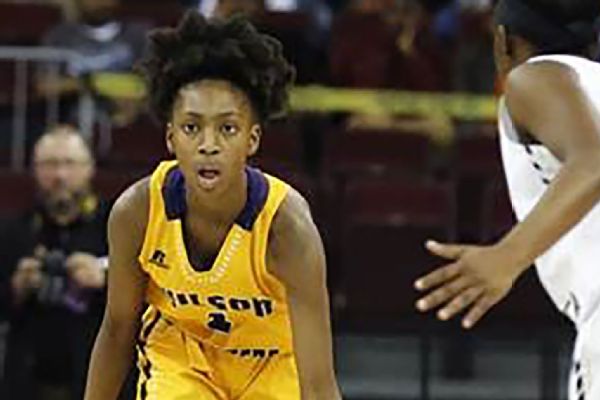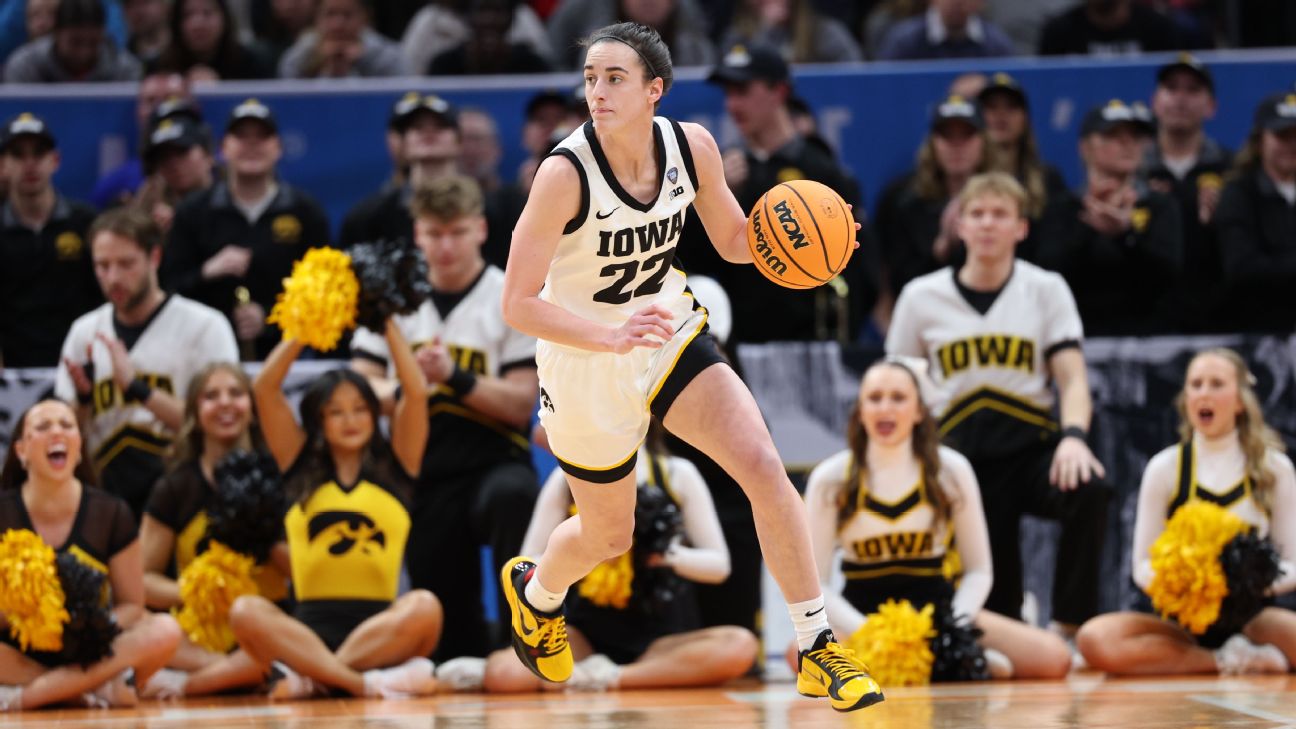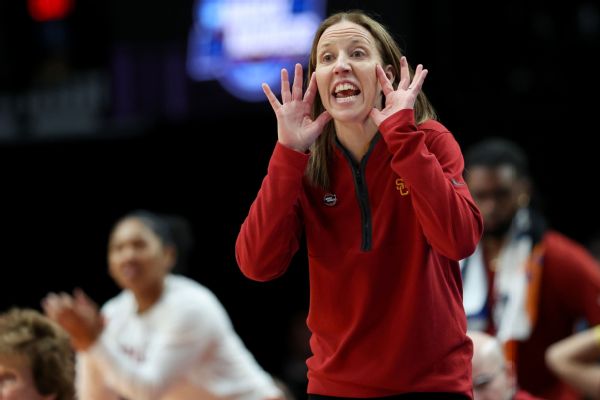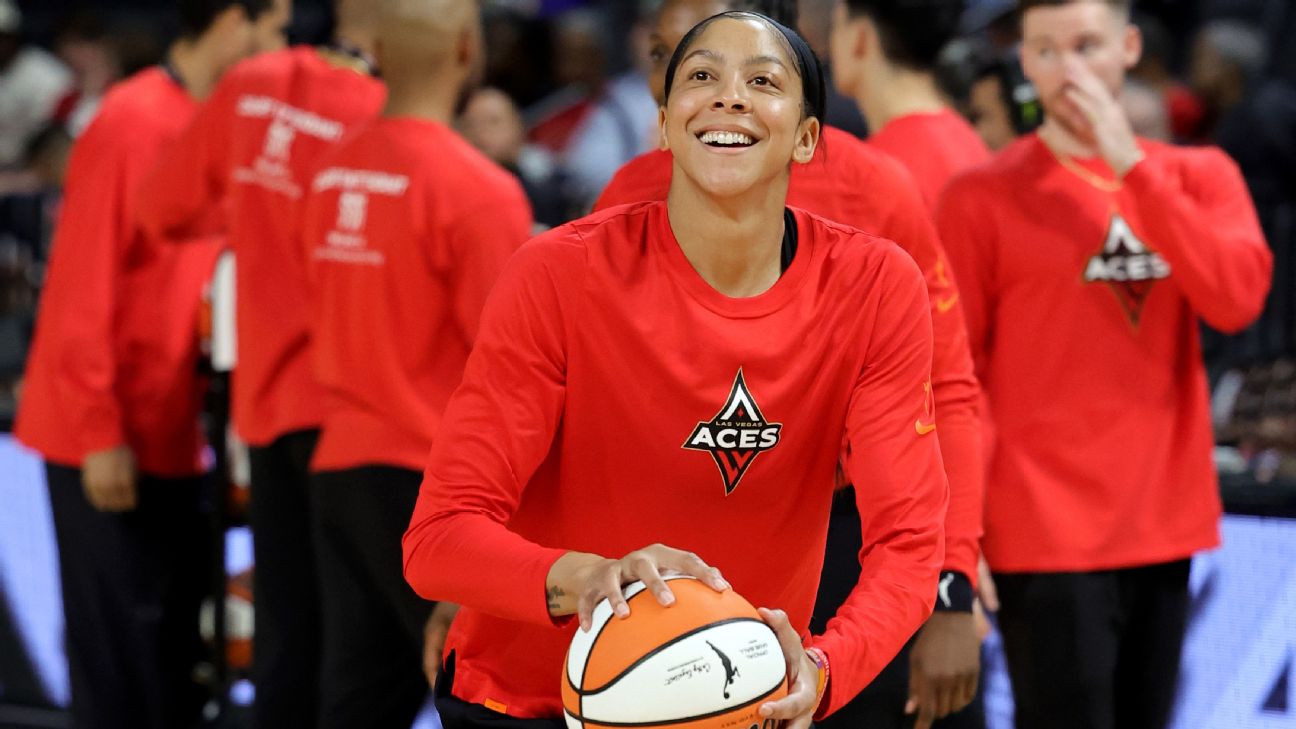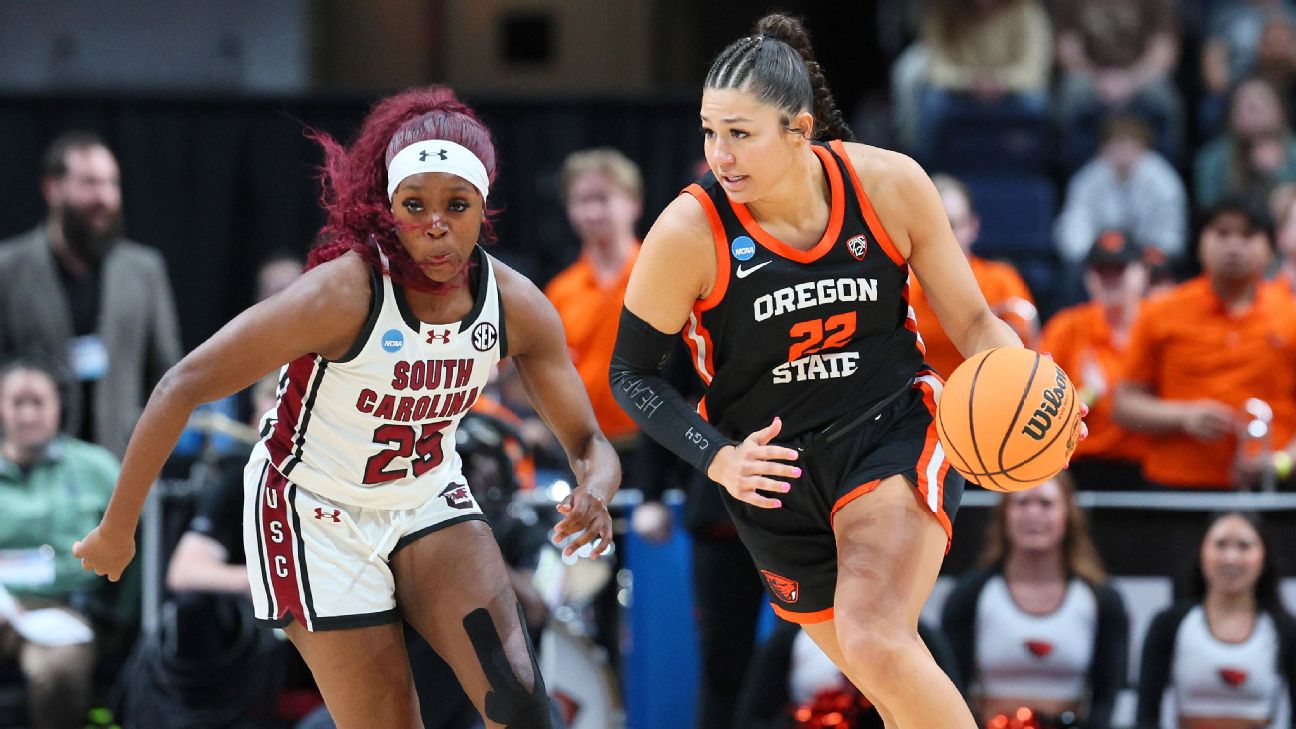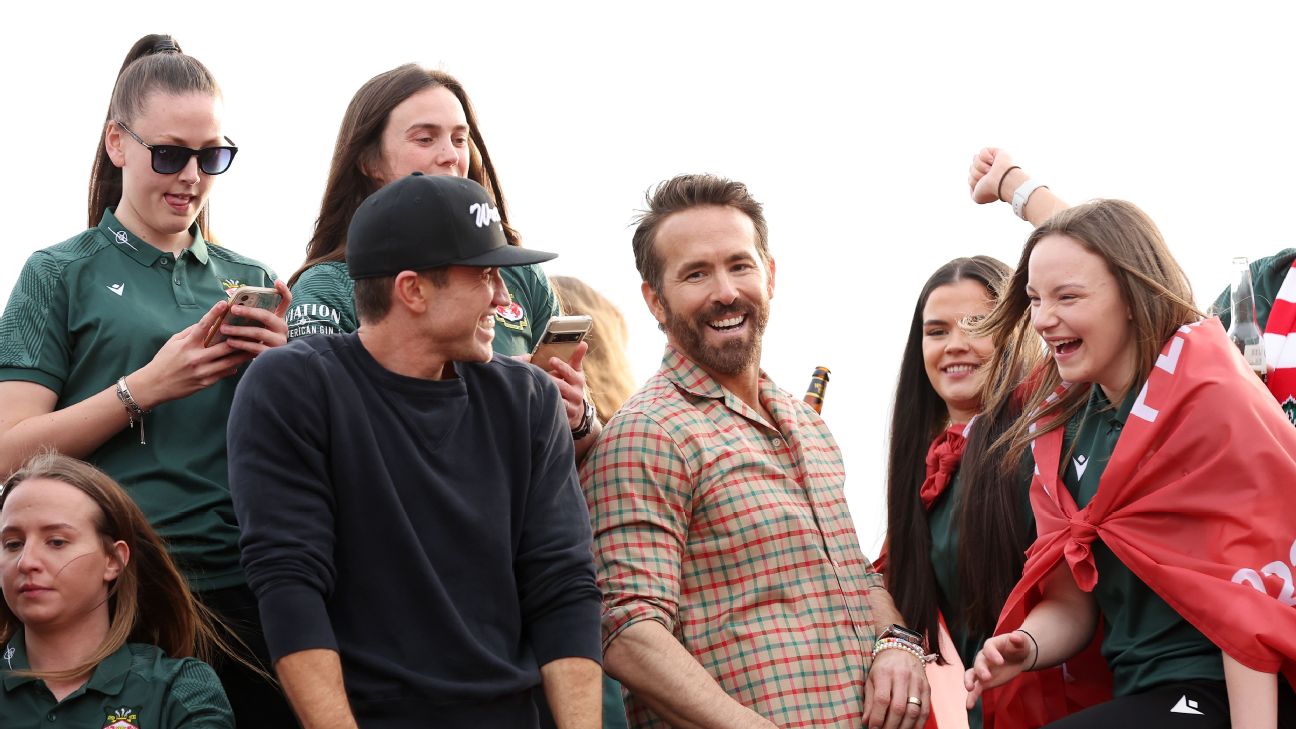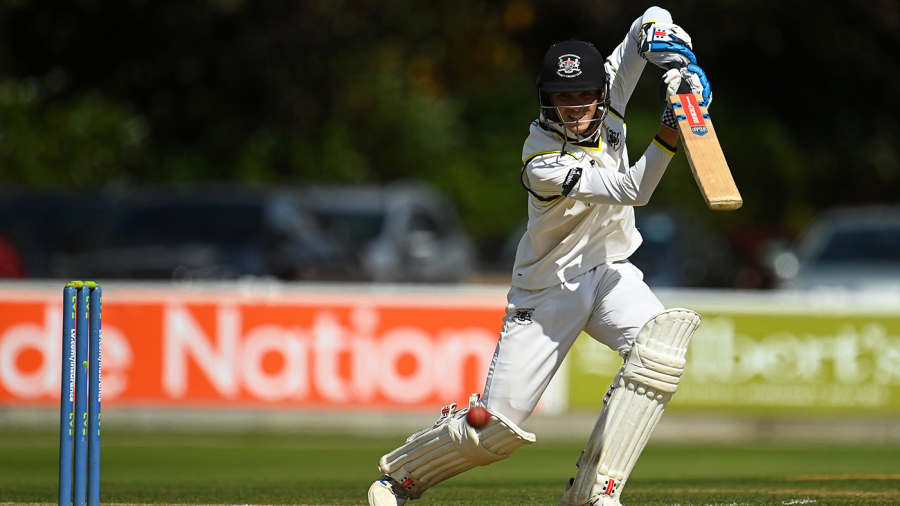![Caitlin Clark [1296x729]](https://a.espncdn.com/photo/2024/0411/r1317151_1296x729_16-9.jpg)
Seeking to capitalize on the unprecedented excitement around this year's women's NCAA tournament, the WNBA launched a new marketing campaign this spring: "Welcome to the W." Featuring veteran stars Arike Ogunbowale and Breanna Stewart, the TV ads (accompanied by billboards featuring other players) jokingly welcome this year's crop of rookies with a message that life as a pro won't be so easy.
That will be the case for most players selected in Monday's WNBA draft (7:30 p.m. ET, ESPN). Many of the top players in women's college basketball will struggle to make rosters in the 12-team WNBA, let alone get regular minutes or play the kind of role they enjoyed in college.
Then there's Caitlin Clark, the primary reason for record-breaking college ratings. Clark will enter the league as perhaps the WNBA's most recognizable star. The presumptive No. 1 pick will be highlighted frequently on TV as a rookie, with the Indiana Fever making eight appearances across the ESPN family of networks, tied with the Las Vegas Aces for most of any team.
Will Clark also immediately be one of the WNBA's best players? Let's break down the cases for and against that possibility.
Case for: Rookie stars common in WNBAThe WNBA's age limit -- which prevents American players from entering the draft until after four years in college unless they are turning 22 the year of the draft and on track to graduate -- has the effect of ensuring prospects enter the league far more developed than their one-and-done NBA counterparts.
Back in 2021, after Clark's freshman campaign at Iowa, I wrote about the WNBA age limit and quoted Diana Taurasi saying that UConn's Paige Bueckers and Clark would have been the top two picks at age 19 because of their potential, as we see on the NBA side. Since then, Clark has had three years to improve her skills and mature, culminating in back-to-back appearances in the national championship game and winning the Naismith and Wooden awards as national player of the year as both a junior and senior.
Because of the age limit, it's not atypical to see generational prospects enter the WNBA as among the league's best players. Since 2000, 10 rookies made the All-WNBA first or second team, with Stewart (2016) as the most recent example. In 2002, a pair of rookies (Sue Bird and Tamika Catchings) were on the five-player All-WNBA first team, though Catchings' appearance comes with an asterisk because she missed her first pro season rehabbing an ACL injury suffered at Tennessee.
If anything, that figure might understate how valuable rookies can be. Clark's likely Fever teammate, last year's No. 1 pick, Aliyah Boston, was on my All-WNBA second-team ballot after finishing eighth in my wins above replacement player (WARP) value metric -- but did not make the final team.
Voters have been slow to reward rookies who rank among the best players statistically. Boston is one of three to crack the WARP top 10 since Stewart, joined by A'ja Wilson (2018) and Napheesa Collier (2019).
For the most part, rookies have clustered near the back of the top 10 in WARP. Stewart, who finished third in 2016, is the only one in the past 13 years to crack the top five. Still, that's far more value than we see from NBA rookies. Among NBA rookies, the last top-10 finish in WARP was Tim Duncan -- a four-year collegian, as well as one of the greatest players in league history -- in 1997-98. Duncan was also the last rookie picked for All-NBA despite three teams being picked as opposed to the WNBA's two.
Case against: Guards slower to developLet's revisit that list of rookies to crack the WNBA's top 10 in WARP since 2010. You'll note a distinct frontcourt lean.
Of the nine players on the list, seven played primarily power forward or center. Only the two Minnesota Lynx players, Napheesa Collier and Maya Moore, spent most of their time on the perimeter. And depending how you characterize Moore and teammate Seimone Augustus, it's possible none were guards. Candice Wiggins (2008) was the last full-time guard to crack the WARP top 10 as a rookie.
Kelsey Plum and Sabrina Ionescu, the No. 1 picks in 2017 (Plum) and 2020 (Ionescu), were the most similar players to Clark to enter the WNBA in recent years. Clark broke Plum's Division I record for career scoring in women's basketball this season, while Clark's 17 career triple-doubles finished second in Division I history behind Ionescu's 26.
Although both Ionescu and Plum have developed into All-WNBA contributors who squared off in last year's Finals, it took them some time to fulfill their potential as pros. Plum didn't break through as an All-Star until 2022, five years after being drafted, and Ionescu made her All-Star debut the same year in her third WNBA campaign.
It's possible Ionescu might have been a more immediate star if not for a severe ankle injury that ended her rookie season after three games. She was coming off scoring 33 points with seven rebounds and seven assists in her second WNBA game and wasn't fully healthy until 2022. At the same time, it took both Ionescu and Plum adjusting their style of play to become stars, both largely in off-ball roles.
That's an interesting precedent for Clark, who spent more time playing off the ball at Iowa than Ionescu and Plum did in college. Nearly a third of the plays Clark finished were categorized as either a spot-up, an off-ball screen or a cut by Synergy Sports tracking (32%), as compared to 26% for Ionescu and 17% for Plum during their senior seasons. By last season, those play types accounted for 37% of Plum's WNBA plays and 35% of Ionescu's.
With her long-range shooting, Clark should be capable of moving off the ball from day one, especially when she plays alongside incumbent Indiana point guard Erica Wheeler. Those situations could generate more efficient offense than Clark isolating or running pick-and-roll against bigger, more athletic defenders than she faced in college.
More so than Ionescu and Plum, Clark should benefit from playing with more talented teammates in the WNBA. As dominant as Ionescu was at Oregon, her usage rate was never higher than 28% of her team's plays. Plum finished 37% of Washington's plays with a shot, trip to the free throw line or turnover as a junior before seeing her usage drop to 34.5% as a senior.
As I wrote when comparing her advanced stats to Bueckers' ahead of the Final Four, Clark blew away those numbers with a 40% usage rate this season. Clark's efficiency never wobbled, but she'll be able to lighten her load and rely more on Boston as well as guard Kelsey Mitchell (a team-high 18.2 points per game last season) and forward NaLyssa Smith (15.5 points per game).
The track record of Ionescu and Plum shows it shouldn't be surprising or concerning if Clark is not one of the WNBA's best players from day one. At the same time, Clark was so good in college that betting against her as a pro feels foolish.
My expectation is Clark's rookie season will go far more like Stewart's in 2016, which saw her make the All-WNBA second team and combine with Jewell Loyd (the No. 1 pick the year before, much like Boston in Indiana) to lead the Seattle Storm back to the playoffs after a combined 22-46 (.323) record the previous two seasons.
WNBA history indicates Clark's welcome to the league could be friendlier than the commercials.



